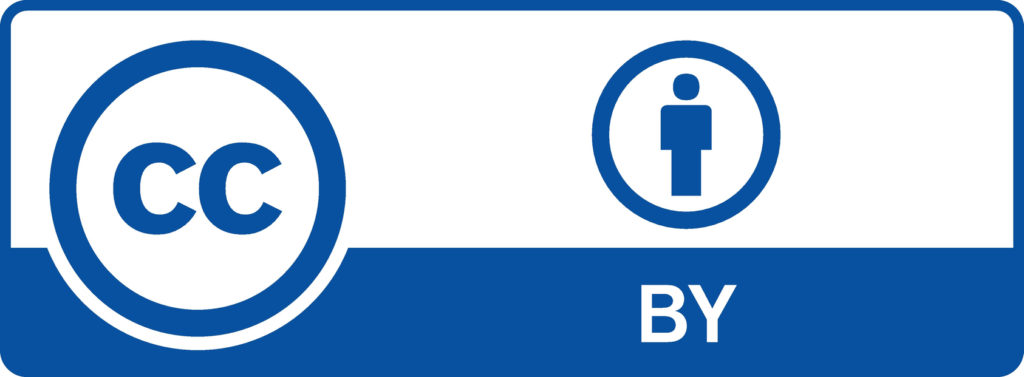Enhancing Students’ Speaking Ability Using the Plan-Ahead Brainstorming Technique
DOI:
https://doi.org/10.33096/tamaddun.v21i2.212Keywords:
Plan-ahead Brainstorming, Speaking skill, Second year students of SMAN 1 BantaengAbstract
This research aimed at finding out whether or not the use of Plan-ahead Brainstorming in helping the second-year students of SMAN 1 Bantaeng to enhance their speaking skill. The steps of Plan-ahead Brainstorming in implementing consist of (1) giving the topic, (2) plan-ahead session, (3) brainstorming in small group, (4) individual oral report. This research employed pre-experimental method. The researcher used random sampling technique and the selected sample was the students in XI IPA1 with the total 28 number of students. The instrument of this research was speaking test in the form of oral test. The data acquired were then analyzed through descriptive and inferential statistics. The result of the data analysis showed that the probability value (0.00) was smaller than the level of significance (0.05). This indicated that the implementation of Plan-ahead Brainstorming enhanced the students` speaking skill. This indicates that the alternative hypothesis (H1) accepted. This research contributed extensively the theory about plan-ahead brainstorming in enhancing students speaking ability. The plan-ahead brainstorming is the technique that can influence the students speaking fluency effectively. The outcome of the use of plan-ahead brainstorming is useful in learning English, especially students in learning speaking. The student can decrease their skepticism and stammer in plan-ahead session to prepare what they want to utter. The researcher found that this technique is useful for teachers in order that they can use this technique more effectively as long as the teacher prepare specific time to implement this technique in several time.
References
Aungwatanakun, S. (1994). English Teaching Methodology (2nd). Bangkok: Chulalongkorn University Press
Brown, An Cole et al. 1984. Grammar and Composition. Boston: Houghton Miffin Company
Brown, G. and G. Yule. 1983. Teaching the Spoken Language. Cambridge: Cambridge University Press.
Cullen, B. (1998). Brainstorming before speaking tasks. The Internet TESL Journal.
Demand Media. (2012). Brainstorming Techniques. Retrieved April 5, 2013, from Essortment: http://www. essortment.com/ brainstorming-techniques -34265 .html
Depdiknas. 2006. Petunjuk Proses Pelaksanaan Belajar Mengajar dan Petunjuk Sistem Pendidikan. Jakarta: Depdikbud.
Gay et al. 2006. Education Research: Competencies for Analysis and Applications. New Jersey: Merrill Prentice Hall.
Heaton, J. B. 1988. Writing English Language Test. New Edition, London: Longman Group UK Limited.
Houston, H. (2010). Enhancing English Learning trough Brainstorming. Enhancing English Learning.
Irhamah. (2004). Improving the Students Speaking Through News Retelling. Unpublished Thesis. Makassar: FBS Universitas Negeri Makassar
Jabu, B. 2008. English Language Testing. Makassar: The UNM Publisher.
McCoy, R.I 1976. Means to Overcome the Anxieties of Second Language Learners, Foreign Language Annals, pages 185-9, No. 12, 1979.
Nurkhasanah, I. 2011. The Use Of Brainstorming In Increasing Student’s Motivation In Speaking Ability In Al-Muhibbin Junior High School Grade VIII.
Rao Z. (2007) Training in Brainstorming and Developing Writing Skills, in ELT Journal 2007 61(2) Oxford University Press.
Richards J. (1990) New Trends in the Teaching of Writing in ESL/ EFL in Wang Z. (ed.) ELT in China. Papers Presented at the International Symposium on Teaching English in the Chinese Context, Foreign Language Teaching and Research Press, Beijing.
Sloane, Paul. 2010. Evaluation Ideas. (online) accessed at July, 20th 2014 12.56 AM. WITA (http://www.innovationexcellence.com/blog/2010/05/03/ evaluating-ideas/)
Shumin, K. 2002. “Factors to Consider: Developing Adult EFL Student Speaking Abilities” in Methodology in Language Teaching. Cambridge: Cambridge University Press, 2002.
Syamsinar. 2004. Developing Speaking Ability of the Second Year Students of SMAN 1 Belawa Through Drama. Thesis Undergarduate: State University of Makassar.
Treesye, S.M. 2002. Teaching Speaking by Using Simulation to the Second Year Students of SLTP Katolik Rajawali Makassar. Thesis Undergarduate: State University of Makassar.
Widdowson, H. G. 1985. Teaching Language as Communication. Oxford: Oxford University Press.
Downloads
Published
Issue
Section
License
Authors who publish with Tamaddun journal agree to the following terms:
1. Authors retain the copyright and grant Tamaddun the right of first publication. The work will be licensed under a Creative Commons Attribution License (CC BY 4.0), which permits others to share the work with proper acknowledgment of the authorship and initial publication in this journal.
2. Authors may enter into additional non-exclusive agreements for the distribution of the published version of their work (e.g., posting it to an institutional repository or including it in a book), provided that the initial publication in this journal is acknowledged.
3. Authors are encouraged to post their work online (e.g., in institutional repositories or on their personal websites) before and during the submission process. This can lead to productive exchanges and increase the visibility and citation of the published work.






